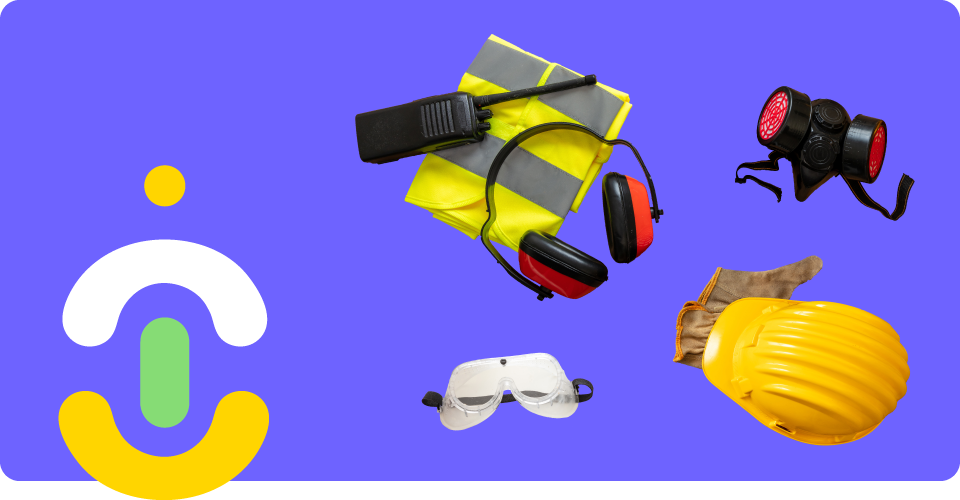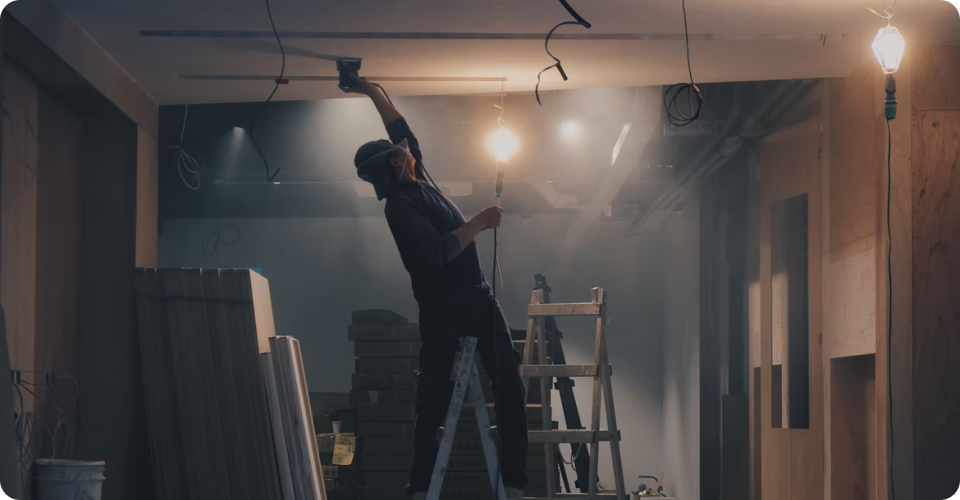10 Ways To Implement & Ensure Safety Protocols At Your Workplace


- Published On: 26.03.2023
- Health & Safety

An organization must prioritize its employees’ health and safety. A safe workplace is a happy workplace because it provides a more comfortable and conducive environment for employees to do their jobs effectively. When an organization provides a safe work environment, it protects itself, its employees, and its customers. All workplace injuries must be reported to the Occupational Safety and Health Administration. Surveying for potential workplace safety hazards should be done on a regular basis.
Who Is In Charge Of Workplace Safety And Security?
In some organizations, the Human Resources or safety department is in charge of ensuring that workplace safety standards are met. Other companies may not have an HR or safety representative, in which case management and supervisors would be responsible for keeping the workplace safe.
Also Read: Return to Work Management software

Workplace Safety Tips
Here’s a list of workplace safety tips to incorporate into your daily routine:
Encourage A Culture of Wellness And Wellbeing
Your workplace should have comprehensive first aid supplies, as well as safe and clean working conditions, adequate lighting, and heavy lifting protocols.
Extensive training is required to prevent workplace injuries. All employees are required to complete all required safety training for their positions.
Ensure that boxes are safely stacked and that spills are cleaned up as soon as possible.
Conduct regular inspections to look for potential hazards like tangled cords, cluttered floors, and disorganized tools.
Wear All Necessary Safety Equipment
Equipment Inspections And Testing Regularly
Operate Tools, Equipment, And Machinery Correctly
Using the proper tools and equipment results in a better product and a safer work environment. Only use machines for which you have attended the training or certification, and keep them clean and well-maintained on a regular basis. Machines and equipment should only be used for the purposes for which they were designed. To avoid straining or injuring yourself, use heavy-lifting equipment such as a wheelbarrow or a forklift.
Maintain Proper Posture When Sitting Or Lifting
Maintain A Clean And Clutter-Free Workplace
Collaborate With Occupational Health And Safety Professionals
Taking Breaks Regularly
Maintain Workplace Safety Meetings On A Regular Basis
Holding regular meetings to review safety standards and discuss prevention to keep workplace safety at the forefront of everyone’s attention. You should also promote open communication within your organization, making it easy for employees to communicate their health and safety concerns to you. This can make employees feel more empowered and assist the organization as a whole avoid problems.
Labels And Signs Should Be Used
Conclusion
In addition to all of the above, the use of appropriate EHS software solutions to conduct audits, incident investigations, and risk assessments is critical when reporting incidents. These procedures will make it easier for businesses to stay on top of workplace safety tracking and improvement.
Knowella AI Inc. offers an industry-leading digital solution to managing EHS&Q. We provide workers, supervisors, EHS&Q professionals, and top-level management the tools they need to improve workplace safety. We use AI-powered data analysis to optimize your approach to EHS&Q, resulting in lower operating costs and quantifiable improvements to your safety performance.
- 26.03.2023

Businesses can obtain certification in a standard for occupational health and safety management in order to prevent and reduce onsite work accidents…

OSHA’s record keeping rules require employers to maintain accurate and detailed records of workplace injuries and illnesses.

In this blog, business owners, EHS&Q managers and planners, and employees will gain an understanding of the ever-growing importance of ergonomics…